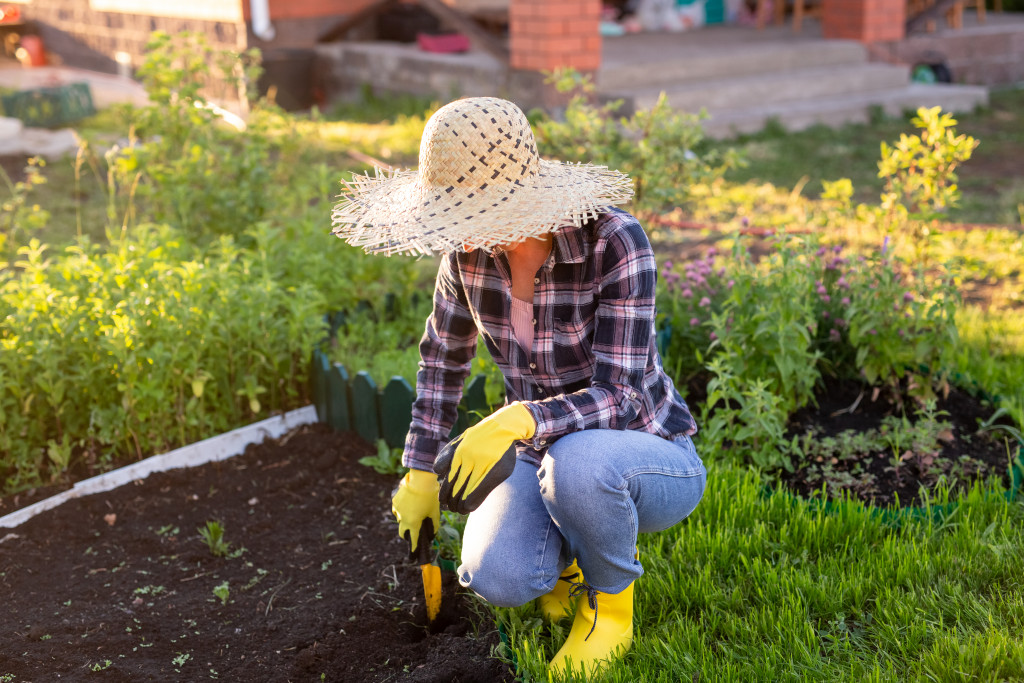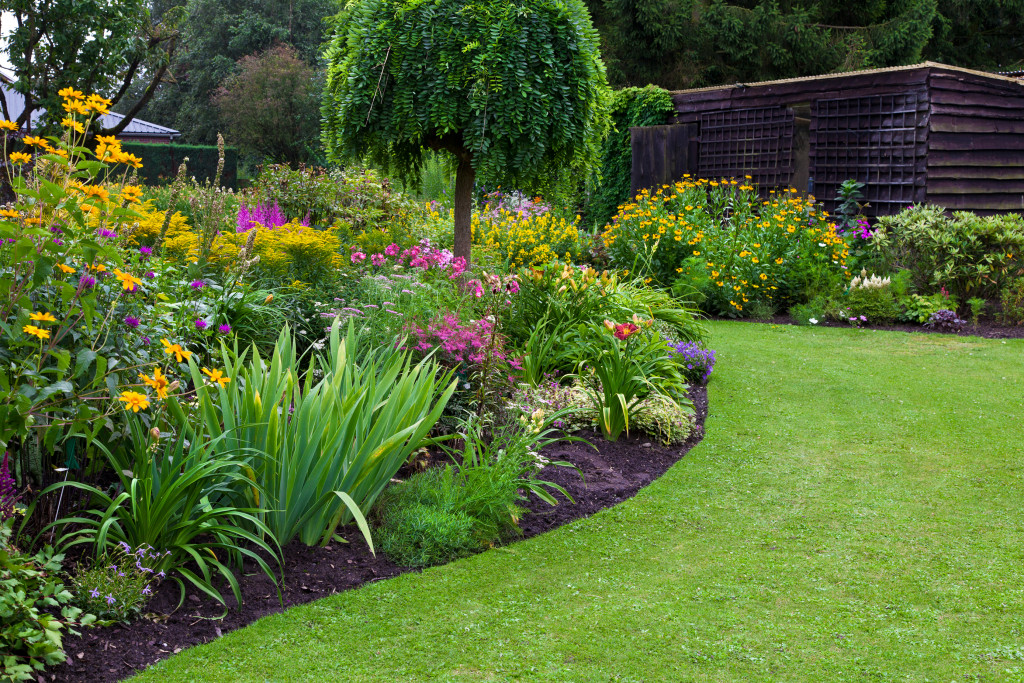A garden can improve family life by providing a space for outdoor activities and fresh produce. According to the National Gardening Association, families that garden together has higher self-esteem, communication, and cooperation skills. In addition, they found that children who garden are more likely to eat fruits and vegetables. A study by the University of Georgia found that gardens in schools led to a 24% increase in fruit and vegetable intake and a 57% increase in students who said they would eat a healthy snack tomorrow.
The presence of a garden can also have a positive impact on mental health. A study by the University of Michigan found that people who gardened for 30 minutes had lower levels of the stress hormone cortisol. Another study found that horticultural therapy (gardening with a therapist) reduced anxiety and depression in patients with Alzheimer’s.
However, starting a garden can be a daunting task. The following tips will help you get started.
Identify Your Space and Design
The first step is to find a suitable space for your garden. If you have a yard, that’s great! If not, you can also use a balcony, deck, or window sill. Once you’ve found your space, it’s time to start planning your garden.
Think about what plants you want to grow and how much sun or shade they need. You should also consider the space you have and if you wish to grow annuals (plants that only last one season) or perennials (plants that come back year after year). Once you know what you want, sketch your garden design on paper or use a gardening app like PlantSnap to plan your garden.
Choose Your Plants
The next step is to choose the plants for your garden. Starting with easy-to-grow plants like tomatoes, cucumbers, lettuce, and peppers is best if you’re a beginner. These plants are less likely to be affected by pests and diseases and are relatively tolerant of weather changes. Once you’ve mastered these, you can move on to more challenging plants.
When choosing your plants, buy healthy seedlings or start from a nursery or garden center. Avoid planting seeds directly in the ground unless you are experienced with starting seeds. It’s also a good idea to buy disease-resistant varieties of plants to avoid problems down the road.
Prepare Your Soil
Once you’ve chosen your plants, it’s time to prepare your soil. Your soil will determine what plants will grow well in your garden. For example, if you have sandy soil, you might want to consider growing plants that don’t require a lot of water, such as succulents.
If you’re not sure what kind of soil you have, you can take a sample to your local cooperative extension office or garden center for testing. They will be able to tell you the pH level and nutrient content of your soil and make recommendations for amendments.
Common amendments include compost, manure, and peat moss. These will help improve the quality of your soil and provide nutrients for your plants.
You can also make your compost at home using kitchen scraps and yard waste. This is a great way to recycle household waste and help your garden simultaneously!
Learn Gardening Techniques and Maintenance

Once you’ve prepared your soil, it’s time to start planting! But before you start, learning some basic gardening techniques is essential. This will help you avoid common mistakes and ensure that your plants are healthy and thrive.
Some basic gardening techniques include:
- Choosing the right location for your plants
- Planting at the correct depth
- Watering properly
- Fertilizing
- Mulching
- Pruning
You can learn these techniques by reading gardening books or articles, watching videos, or taking a class. Once you’ve learned the basics, it’s time to start planting! However, there is nothing wrong with getting professional help. Gardeners can be a great resource and help you get your garden started on the right foot.
After your plants are in the ground, it’s essential to keep up with maintenance. This includes watering, fertilizing, weeding, and pest control. These tasks will help your plants stay healthy and prevent problems down the road. Unfortunately, you might not be able to execute gardening maintenance on trees, which poses a danger for the inexperienced homeowner. You might have to rely on tree service experts to ensure the big plants receive proper care.
It’s also a good idea to have a regular gardening schedule. This will help you stay on top of maintenance and avoid letting your garden get out of control.
Final Thoughts
Starting a home garden can seem daunting, but it’s a great way to get outside, enjoy fresh air, and grow your food. By following these tips, you’ll be well on your way to having a beautiful, bountiful garden in no time!

